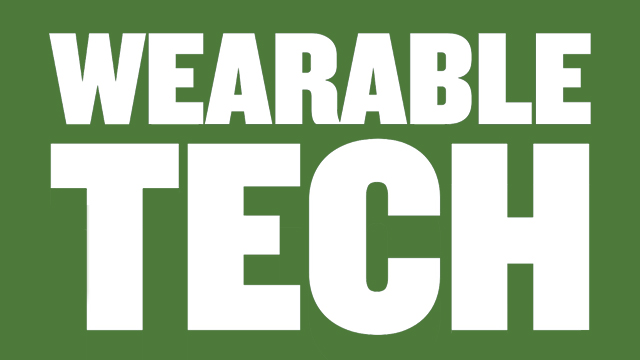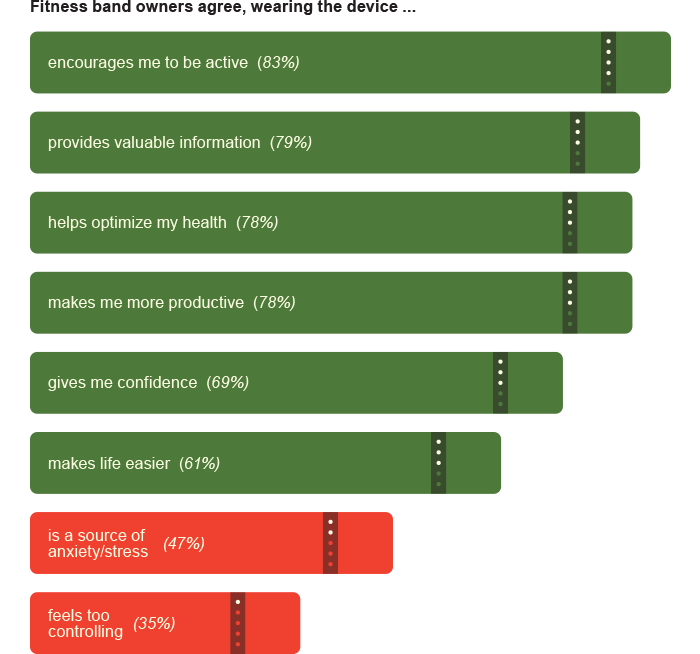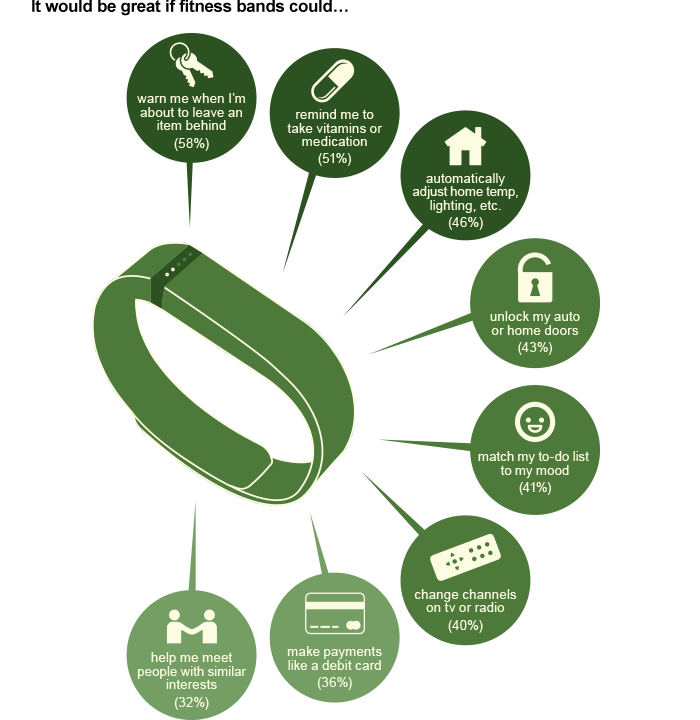The evolving role of wearable technology.
By Colleen Moore
“As humans, we like to quantify the world around us, but until now, we’ve lacked the tools to answer the simplest questions about how we’re powered.” – DigitalTrends.com, January 2015
A few years ago, the idea of wearable technology was reserved to gamers with virtual-reality headsets or early adopters or tech developers. It was only in September 2014 that Tim Cook announced the Apple Watch and since then the wearable technology market has expanded. Its growth is expected to continue and dramatically disrupt the digital landscape.
The increase of usage is mainly due to consumers heightened awareness and the lower price points, reducing the barrier of entry for many.
As these wearable devices continue to disrupt, C-K wanted to see where they may go in the future and understand the role wearable tech plays in our lives.
Already, 16% of adults surveyed own and use a fitness band and one in five surveyed expressed interest in purchasing a wearable in the future. Not surprising, the tech savvy Millennials (adults aged 18-34) are driving the usage.
Pros & Cons of Fitness Bands
Fitness band wearers are generally positive about their device, reporting that they encourage activity, provide valuable information, optimize health and increase productivity. On the downside, 47% of users reported that their fitness band is a source of anxiety and 35% find them too controlling. For wearables to be useful, they need to deliver data that is not only informative, but also prescriptive and encouraging, enticing the consumer to take positive next steps.
Are wearable users comfortable sharing their data with anyone?
Respondents report that they would feel comfortable sharing their data within a tight circle of trust, including their spouse and doctor, and to lesser extent, friends and other family members. The majority of adults report that they would not feel comfortable sharing data with their employers.
The Future of Wearable Tech
Adults say they’re interested in features that extend well beyond measuring health metrics – especially features that would give them additional control of everyday tasks and help them move through life more efficiently.
Connect your brand with consumers’ big-picture well-being. Consumers will tell you that health and fitness are just a part of their overall well-being. And step tracking only scratches the surface of what wearable technology can do to help people reach their full potential. Use technology to mobilize your brand in service of your consumers’ health and happiness – eliminating pain points, enhancing their control and simplifying their daily routines.
Help them keep the reins on their own data. Werable device owners want to play an active role in controlling their personal data. Help consumers define their own sweet spot between complete privacy and shared access, and give them the specific permission settings they need to control who can see what, where and when.
Where possible, accentuate the positive. Data don’t have feelings, but the humans on the receiving end certainly do. Marketers should make sure that the information they are providing through wearable technology is served with positive and encouraging tones. After all, these devices wont serve anyone’s needs sitting in a drawer or trash bin.
More Insights
- September 15, 2015 ConneCKtions Research Study: Crunch time and what it means for marketers.
- July 29, 2015 What we’re reading: Thinking, Fast & Slow.
- July 28, 2015 Milwaukee Lion Watch



